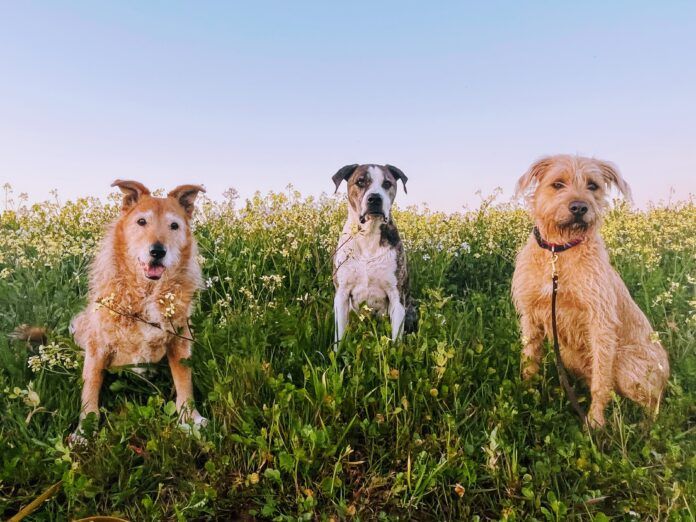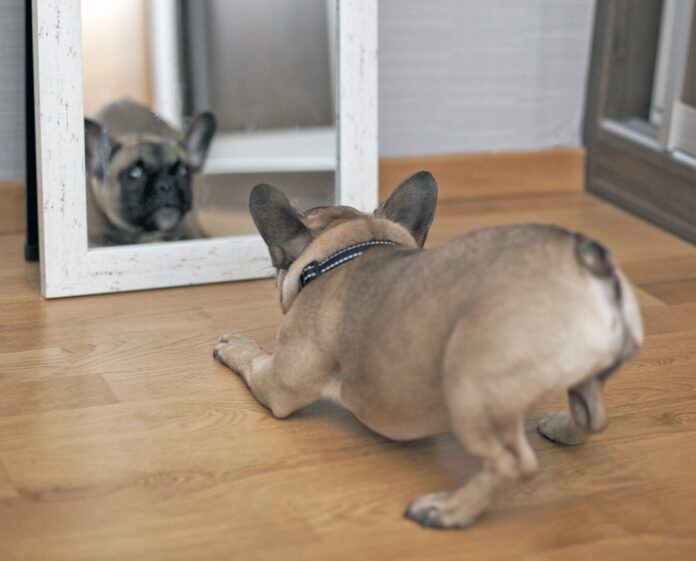Stomach cancer is rare in dogs, accounting for less than 1% of all cancers diagnosed in our canine companions. This form of cancer tends to occur in older dogs and affects male dogs more than often then female dogs. Although any breed of dog can be affected, stomach cancer is seen more often in Chow Chows, Rough Collies, Staffordshire Terriers, and Belgian Shepherds.
Stomach cancer symptoms in dogs
Symptoms of stomach cancer include vomiting, nausea, weight loss, and a decreased appetite. Some dogs may vomit blood or their vomit may look like coffee grounds. Other dogs may have black, tarry stool. Dogs with stomach cancer almost never have a swollen stomach unless the cancer has spread to other areas of their abdomen.
Unlike other forms of cancer where there may be one or more masses, or tumors, stomach cancer tends to cause a focal or diffuse thickening of the stomach wall. This makes stomach cancer challenging to diagnose with routine imaging, such as survey radiographs (x-rays).
Abdominal ultrasound completed by a boarded radiologist may be useful in identifying areas of the stomach wall that are thickened and therefore suspicious for stomach cancer. Confirming a diagnosis of stomach cancer requires obtaining biopsy samples of the affected areas of the stomach.
Biopsy samples can be obtained with a minimally invasive procedure called endoscopy. Endoscopy is typically performed by a veterinary internist, also known as an internal medicine specialist. Your dog will need to be briefly anesthetized for this procedure.
During an endoscopy, the internist passes a thin tube with a camera and a light on the end down your dog’s throat and esophagus and into his stomach. This allows her to examine the innermost lining of his stomach, called the mucosa. When she sees an abnormal region of the mucosa, she can obtain a small biopsy sample by using a special grabber tool.
Some forms of stomach cancer affect only the middle layer of the stomach wall and not the mucosa. When this is the case, the entire lining of your dog’s stomach may appear normal on endoscopy. If stomach cancer is still suspected but the endoscopy findings are normal, then a surgical exploratory to obtain biopsy samples may be recommended.
A surgical exploratory is a procedure in which a surgeon makes an incision in your dog’s abdomen (under anesthesia, of course!) and visually examines each of your dog’s abdominal organs. For a dog that is suspected to have stomach cancer, the surgeon pays particular attention to the stomach and the first section of the small intestine. Areas of the stomach that appear abnormal can be either biopsied or removed. Biopsy samples or surgically removed sections of the stomach are sent to a veterinary pathologist for diagnosis.
How long can dogs with stomach cancer live?
There are two general categories of cancer: benign and malignant. Benign tumors tend not to spread to other areas of the body and generally do not recur if they are entirely removed. Malignant tumors tend to spread to other areas of the body.
Unfortunately, the majority of stomach tumors in dogs are malignant and have usually metastasized by the time they are diagnosed. The prognosis for dogs with malignant stomach cancer is poor, even when treated with chemotherapy following surgical removal of the tumor. Most dogs with malignant stomach cancer live less than six months following diagnosis and treatment.
In contrast, dogs who have a benign stomach tumor that can be surgically removed in its entirety have a good prognosis for life. If not surgically removed or if the benign tumor is in a section of the stomach that cannot be easily removed, benign tumors will continue to grow. Benign tumors of the stomach can grow large enough to interfere with the stomach’s proper function, leading to a dog’s demise.
What to feed a dog with stomach cancer
Dogs with stomach cancer need a highly nutritious diet that is easy to digest. Your veterinarian may recommend a prescription canned gastrointestinal diet, such as Hills i/d, Purina EN, or Royal Canin Gastrointestinal. Canned food has a higher moisture content than kibble and is easier for the stomach to break down into a slurry.
Prognosis
Since the prognosis for dogs with stomach cancer is generally poor, your veterinarian may discuss palliative care options with you. Palliative care options include medications to alleviate pain, a stomach acid reducer, and an anti-emetic (anti-nausea) medication.
Research into this and other forms of cancer in dogs is being pursued worldwide. While the current picture for stomach cancer in dogs appears bleak, the results of current research may provide a brighter future.


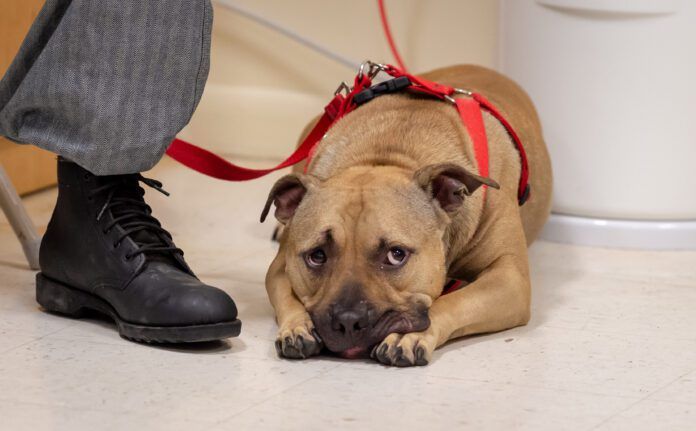
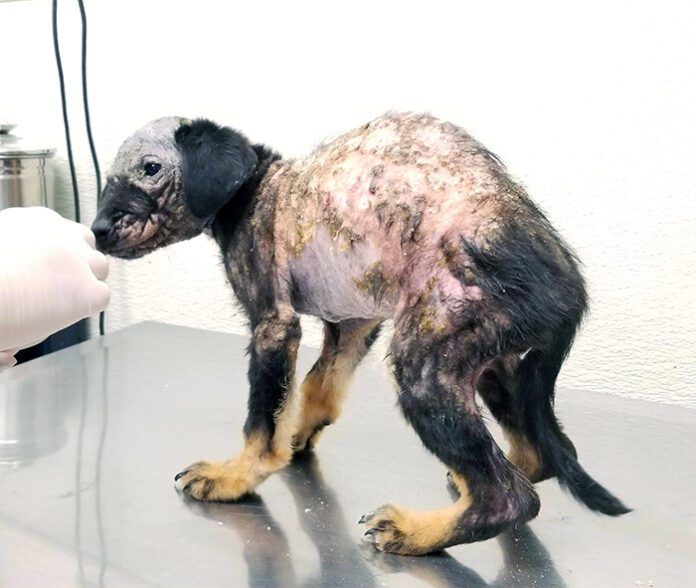
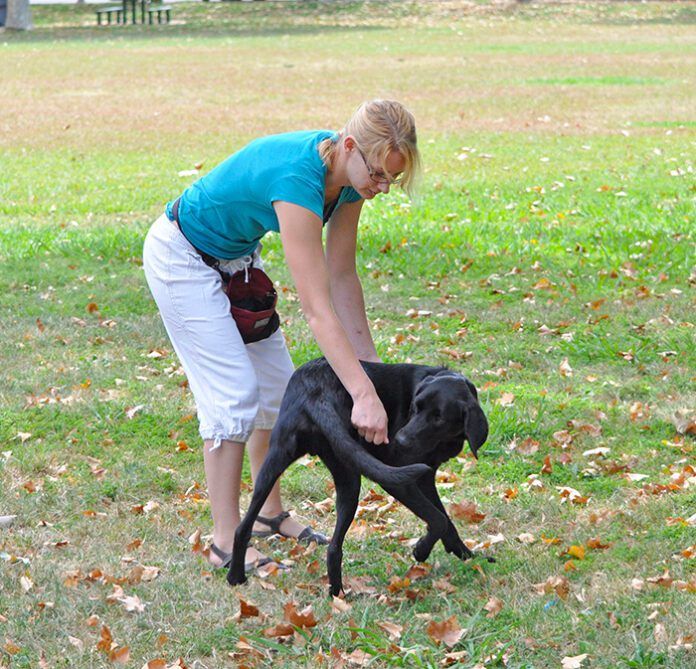
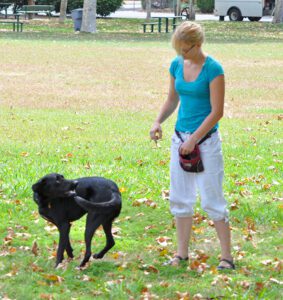
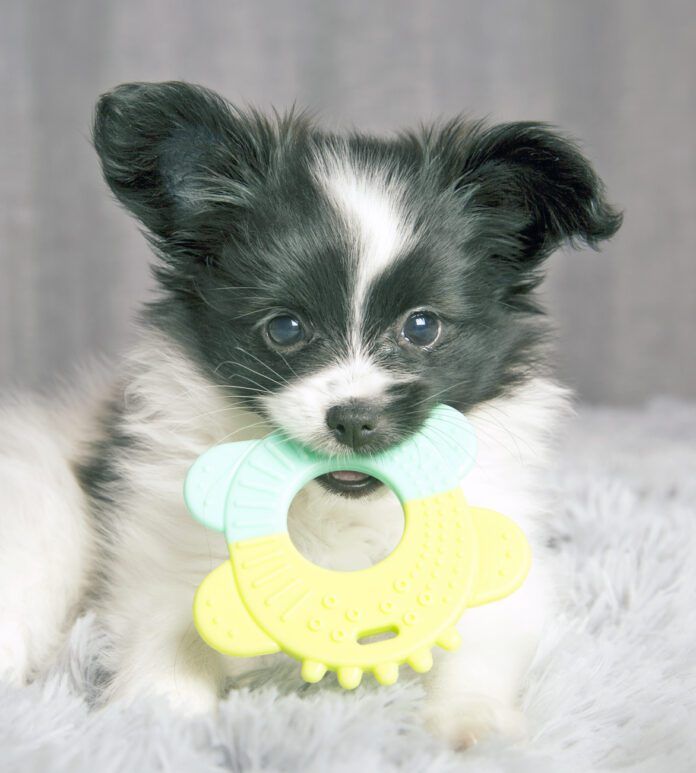
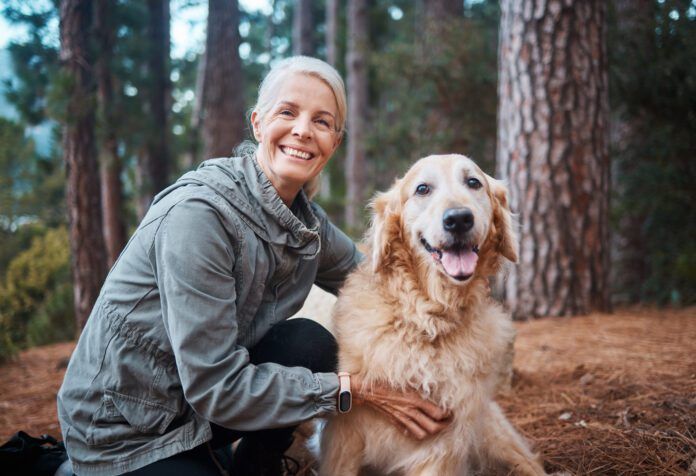
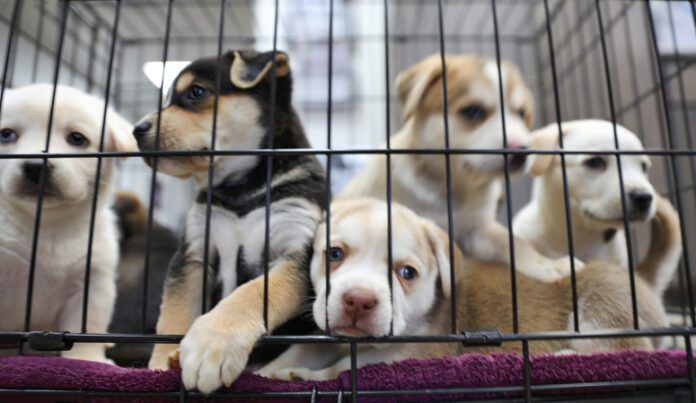

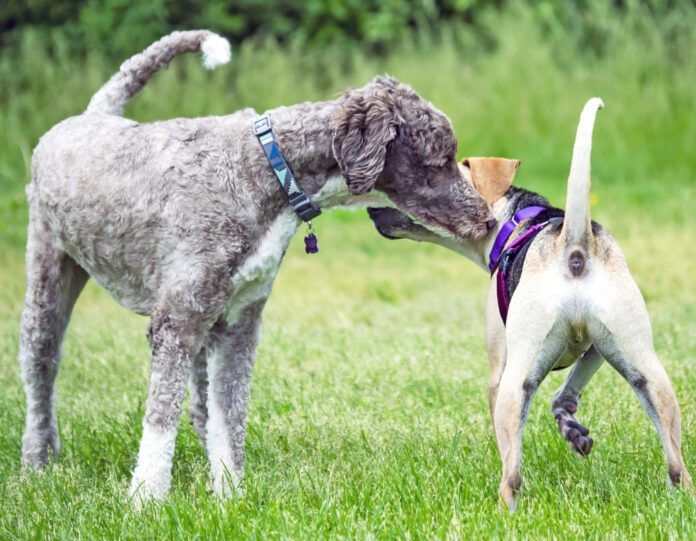
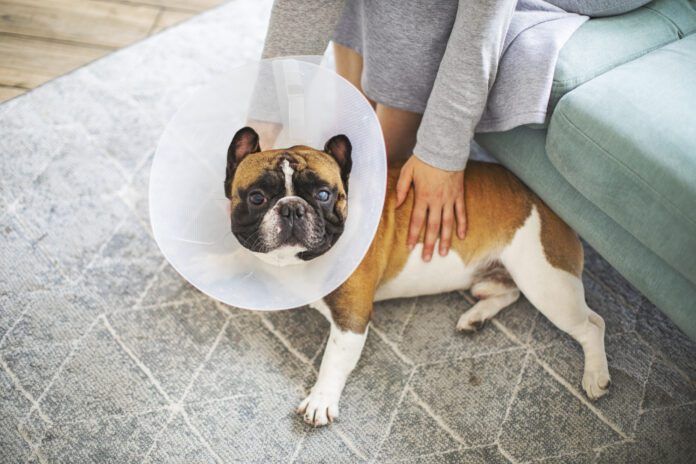
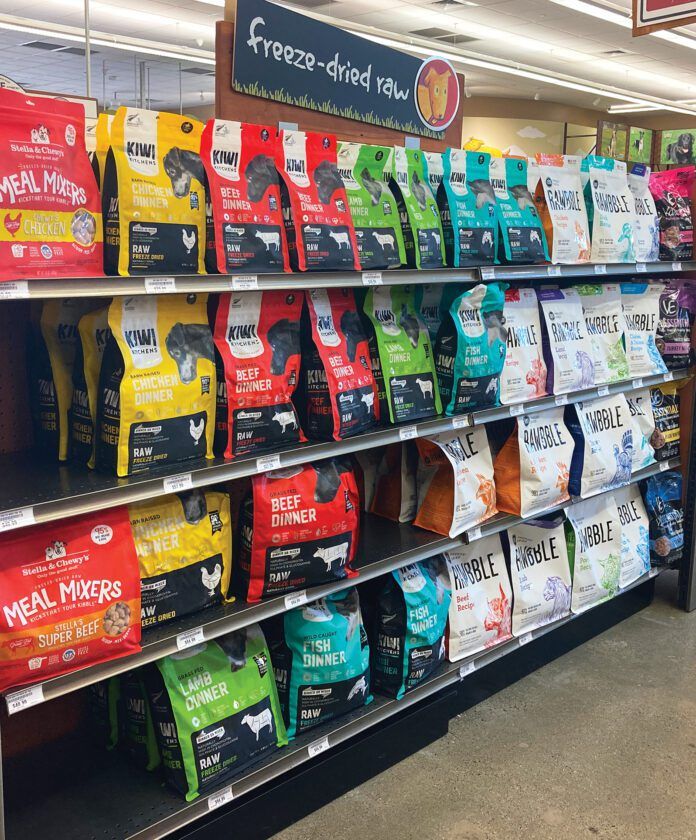
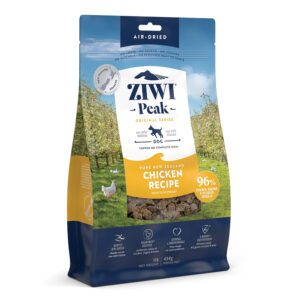 The makers of the dehydrated foods universally describe their products as “gently air dried,” making the process sound very benign. However, these foods are dried with temperatures of 140ºF to 180ºF, which changes the cellular structure (and thus the aroma, taste, and appearance) of meats, fruits, and vegetables. Note that these temperatures don’t qualify the food as “cooked.”
The makers of the dehydrated foods universally describe their products as “gently air dried,” making the process sound very benign. However, these foods are dried with temperatures of 140ºF to 180ºF, which changes the cellular structure (and thus the aroma, taste, and appearance) of meats, fruits, and vegetables. Note that these temperatures don’t qualify the food as “cooked.”